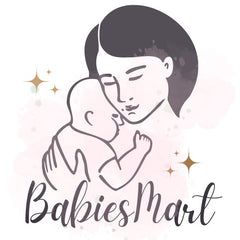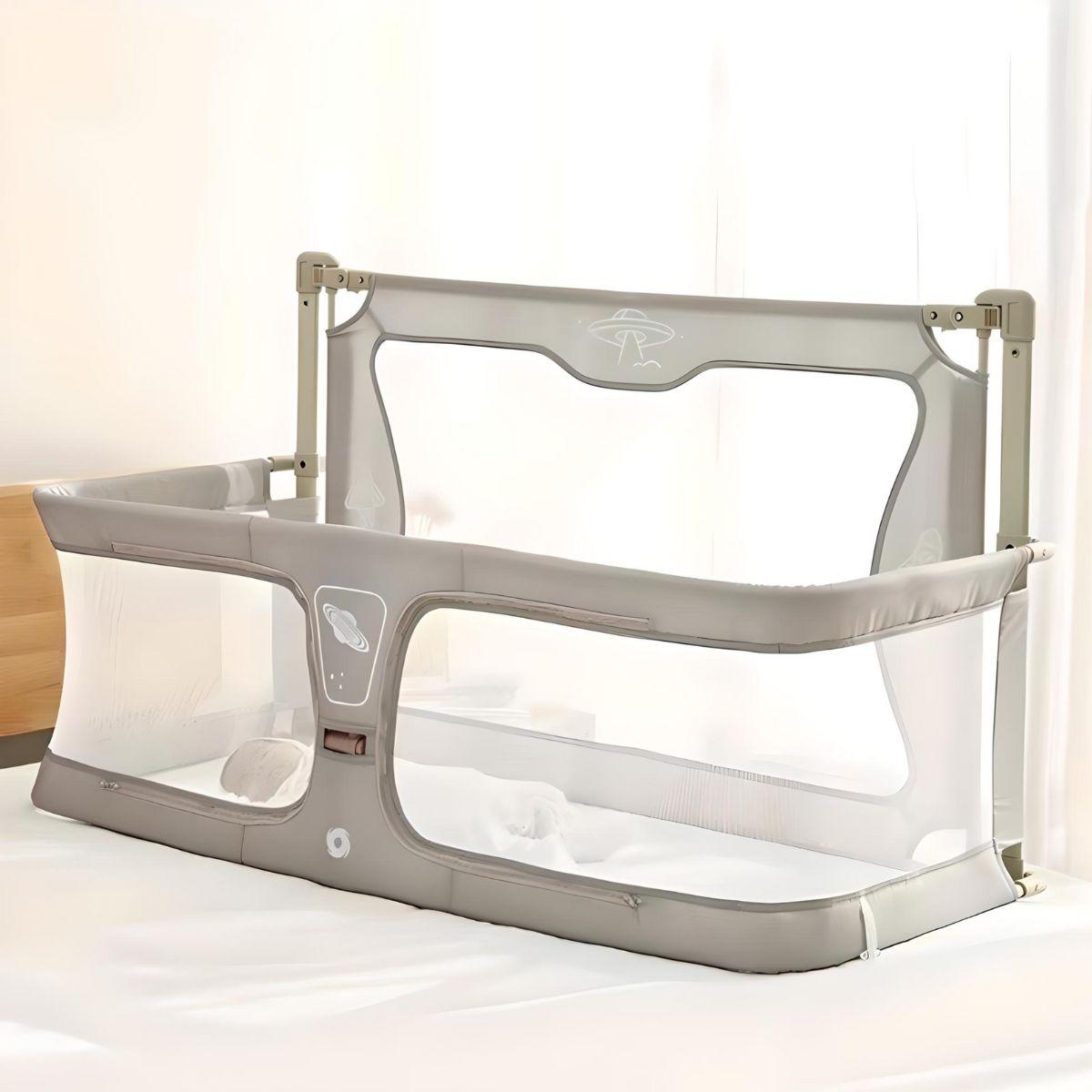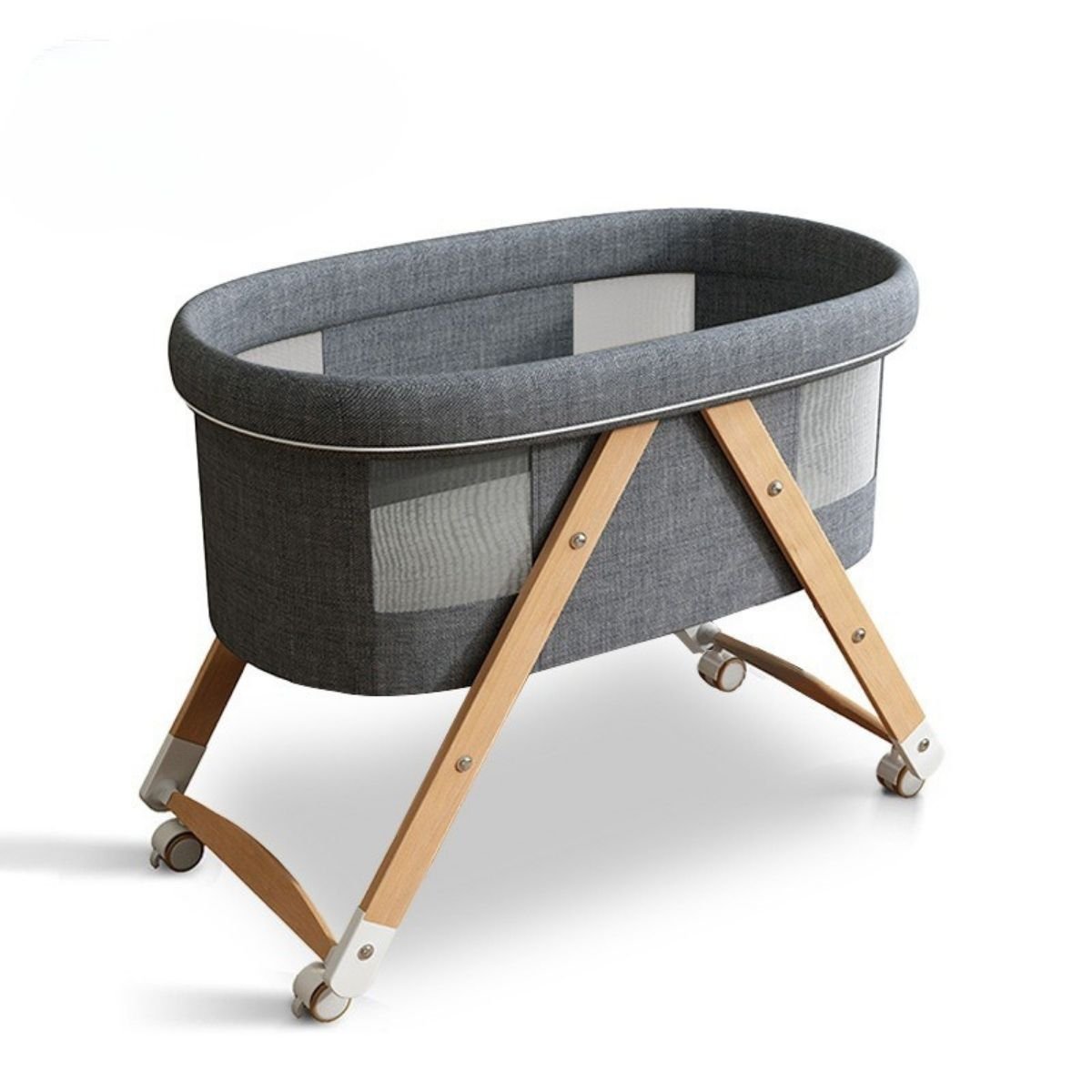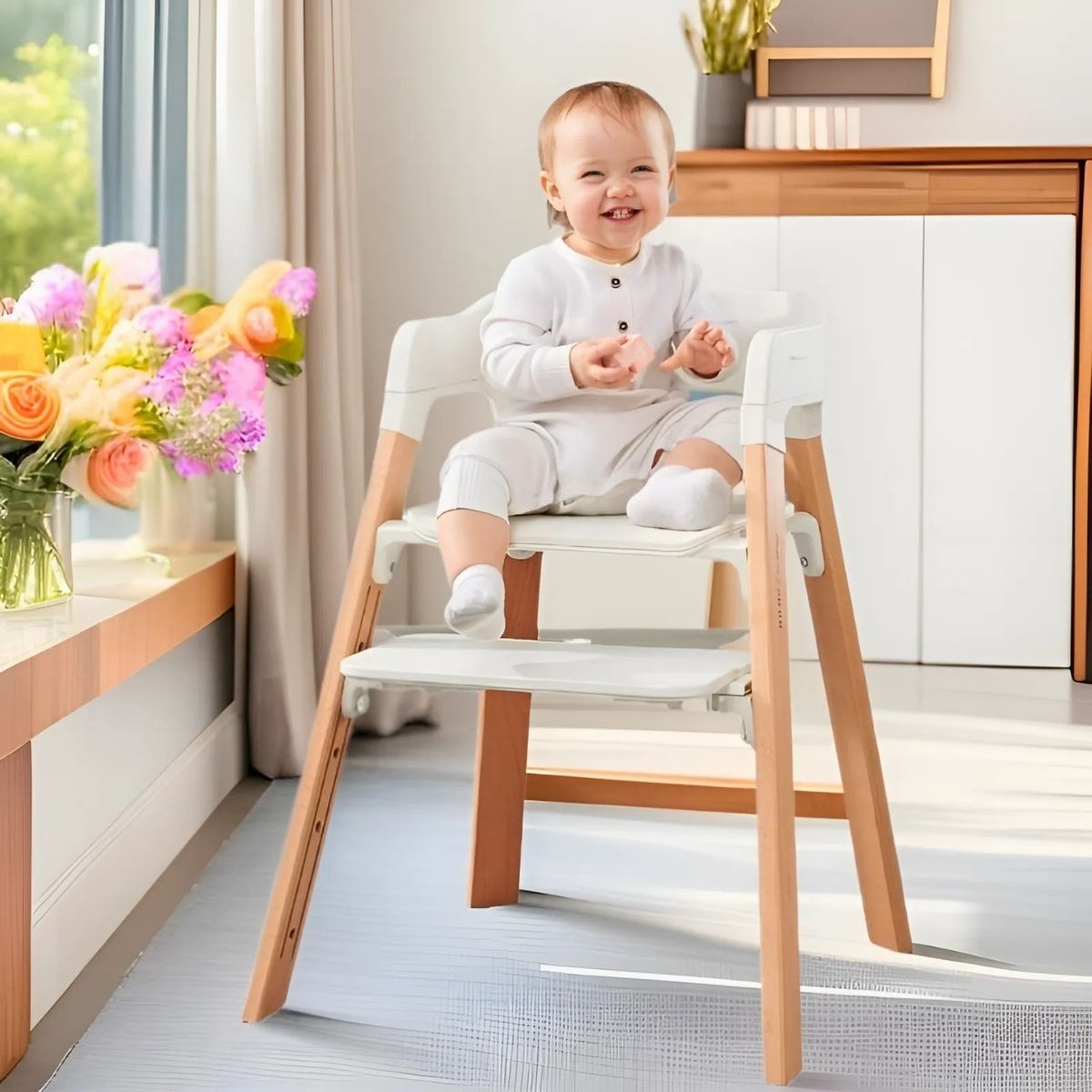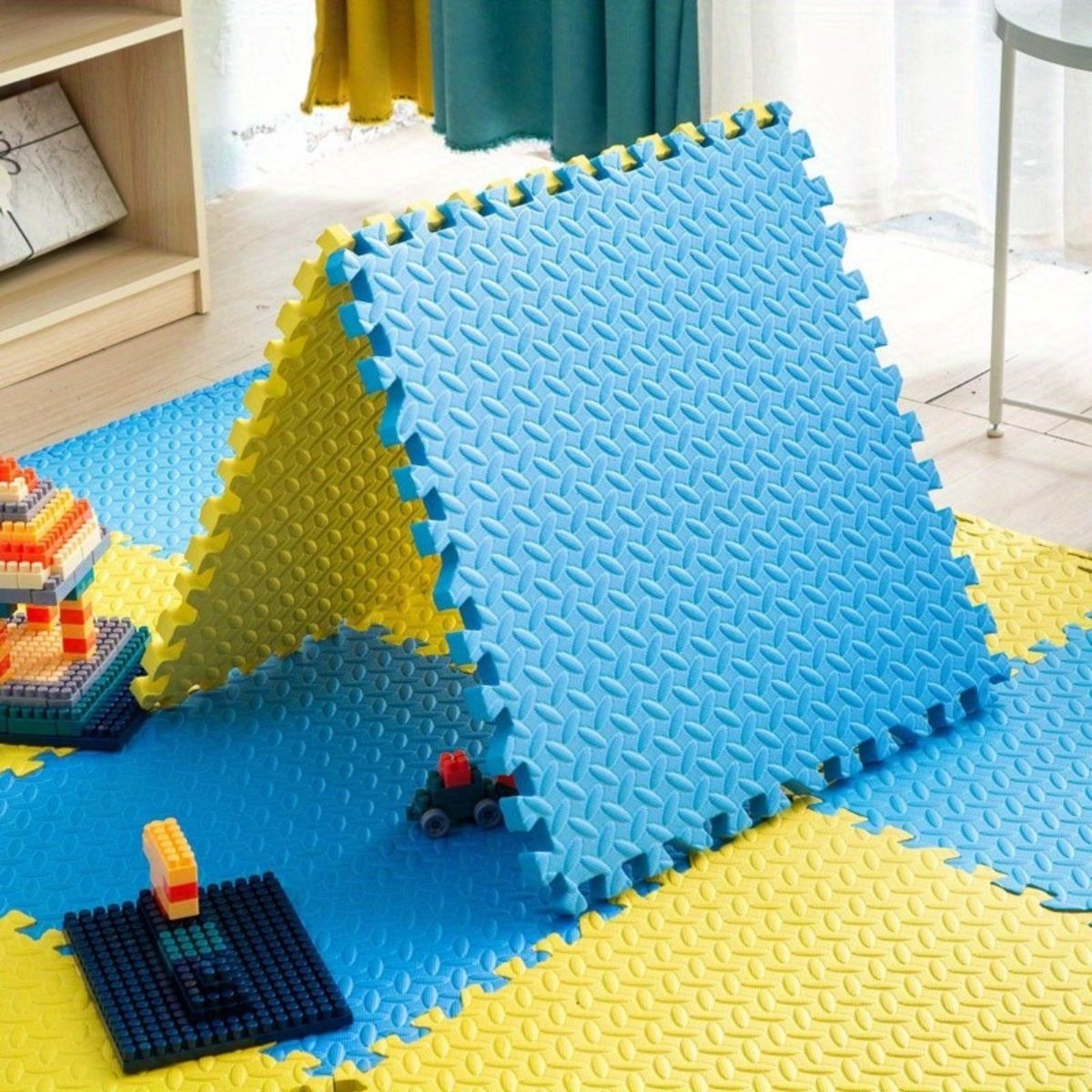You should limit your baby's time in the sun as much as possible. If you go outside, keep your skin away from the sun, even in winter.
According to reliable sources from the Food and Drug Administration (FDA), babies under 6 months should not be sunscreened. Instead, we recommend the following:
- Keep your baby in the shade as much as possible
- Put on your baby a hat that covers your neck and ears
- Put your baby in loose, light clothing that covers his arms and legs.
- Limit exposure to sunlight between 10 am and 4 pm. When ultraviolet rays (UV) are the strongest.
If you spend more than a few minutes outdoors, it is also important to feed your baby breast milk or infant formula.
The American Academy of Pediatrics (AAP) provides similar advice. They recommend not applying sunscreen to babies under 6 months, but recommend using sunscreen with an SPF of 15 or higher for older children.
If your child has questions about using sunscreen, your baby's doctor should be able to help.
2. Take care of dry skin
Not all babies need to be moisturized. It is normal for babies to develop small spots on dry skin in the first few weeks after returning home. These spots often disappear spontaneously without the need for additional moisturizers.
If your baby's skin is very dry or cracked, you can use a vaseline-based product. You can also apply moisturizing lotion to the skin when there is no perfume or dye that can further stimulate your baby skin.
Olive, Coconut, Natural vegetable oil such as seed oil of sunflower oil is proposed as a moisturizer for baby, but it is a source that can actually create children's dry skin and eczema.
3. Follow bathing best practices
Observe best practices for bathing your baby. Your baby needs to take a bath regularly, but not every day.
You can use a soft washcloth and lukewarm water to keep your hands, face, genitals and other body parts clean while washing in the bathtub. However, in some cases, washcloths can cause skin irritation and dryness. The
AAP and Kaiser Permanente recommend the following basic bathing tips:
- Use lukewarm water, not hot
- Take a bath in a warm room
- Keep the bath short, between 5 and 10 minutes
- Wash your baby's eyes and face with water only
- When washing your baby's hair and body, consider adding fragrance-free and dye-free baby soap
After bathing, allow your baby to dry completely before putting it in clothes or diapers.
4. Do not sweat the cradle cap
Cradle cap is a common skin condition in babies that usually develops within 3 weeks to 3 months. With the
cradle cap, you will see a yellowish greasy patch called plaque around the baby's scalp and crown. Cradle caps can also appear around the forehead, eyebrows, and ears.
In most cases, the cradle cap disappears spontaneously. Before bathing your baby, it may be helpful to add a small amount of the following emollients: B. Mineral oil, on the affected area before washing the baby's scalp and head with a gentle shampoo.
If your symptoms do not improve after washing several times, talk to your baby's doctor about other possible treatments.
5. Avoid causing dermatitis
Contacting into dermatitis means that something caused an allergic response to your baby skin. It appears in various ways including red and swollen skin, skin, drying, cracking and verbs.
The following is a general irritability and an allergen that can cause dermatitis:
- saliva
- urine
- Soap or cleaning agent
- lotion
- Be dyed
- perfume
- Cosmetics
- latex
- Some metals
If the reaction can not be judged due to the reaction, you need to talk with your child's doctor.
This treatment also contains recommended resources and recommendations.
Do not use a moisturizer with no central and dye on the skin
Give your baby to the bathroom daily with stuffed water until the rush begins to disappear
Avoid substances that cause rash.
6. Pay attention to the growth of nails
Your baby's nails are small and thin, but you can still sharpen them. It is advisable to pay attention to the growth of your baby's nails, as long and sharp nails can hurt your face and body. Your baby's nails grow fast, so you may need to sand or trim your baby's nails weekly or longer. You can use a non-metal nail file to gently smooth and trim your nails, or use a baby nail clipper to shorten the length. To avoid sudden jerky movements that can cause injury, it is recommended to clip or file your baby's nails when the baby is sleeping or very relaxed.
7. Helps prevent heat rash
If your baby overheats, heat rash can occur. It often occurs near areas where skin folds or clothing rub against the skin. Heat rash looks like small red spots on the skin and is most noticeable in babies with clean skin.
When the sweat glands are clogged, heat rash occurs. Hot and humid weather, oils, or other ointments can overwork or block the sweat glands and cause a rash.
To treat your baby, keep your skin cool and avoid the use of oily products. Cold baths and washcloths can help relieve itching and remove rashes.
If the rash does not improve within 3 days, the skin appears to be infected, or the baby has a fever of 100 degrees Fahrenheit or higher, you should contact your baby's doctor.
8. Care for the umbilical cord
The first time you take your baby home, the umbilical cord is still on your navel. The area should be kept as clean and dry as possible until the cord comes off in about 1 to 3 weeks.
It is important not to pull or force the umbilical cord. It will be resolved automatically. Even rubbing alcohol does not need to be applied to prevent infection or assist in the drying process.
If you notice, call your baby's doctor:
- pus
- Redness or swelling
- Heat above 100 ° F
- Stinking emissions
- Major bleeding
